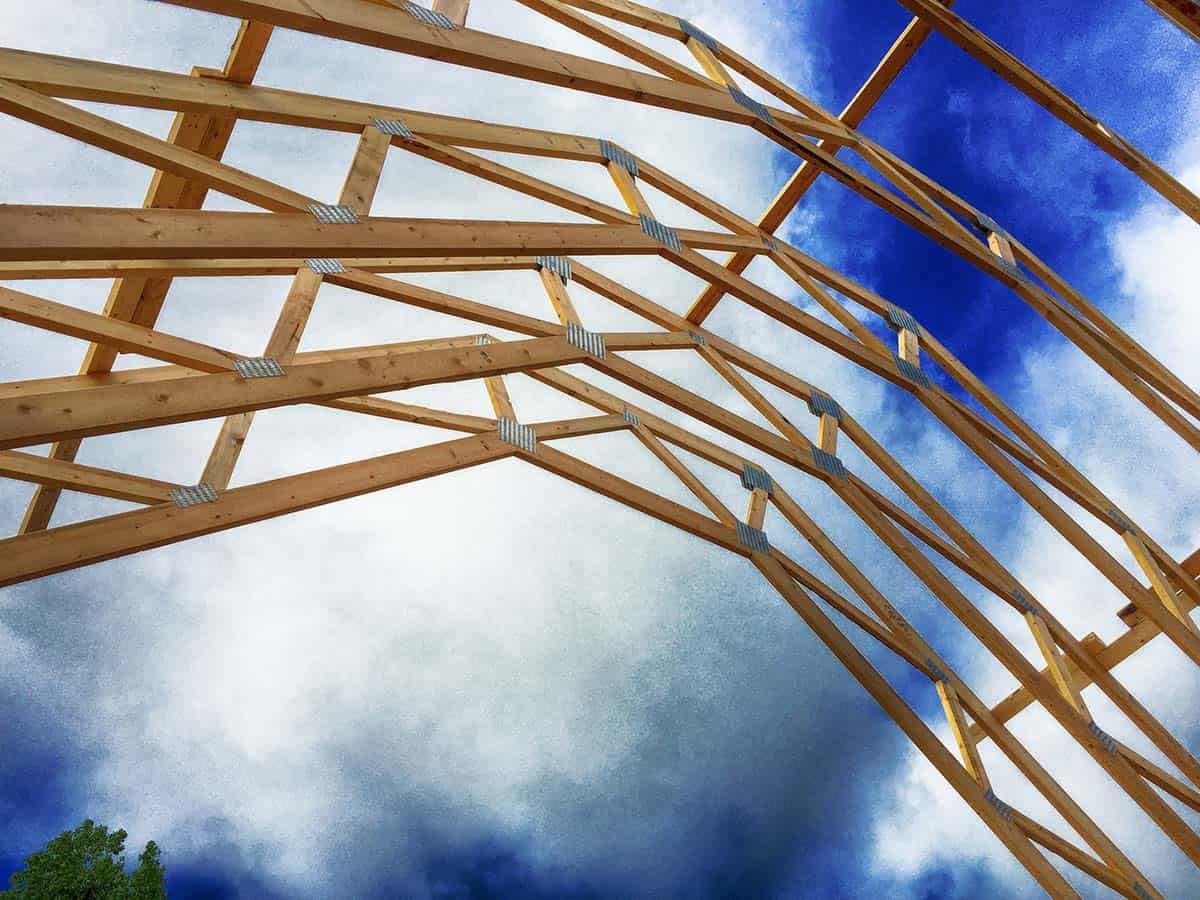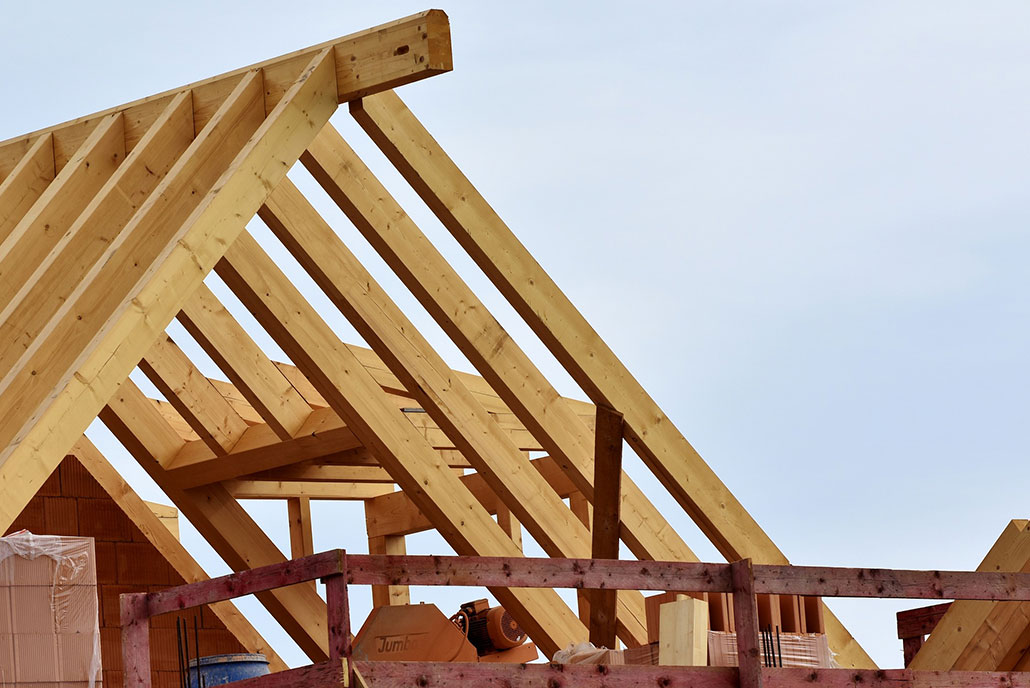What are the types of roof trusses explain each: Unveiling the Architectural Marvels
Roof trusses are the unsung heroes of architectural design, providing essential structural support for roofs. Understanding the different types of roof trusses is crucial for architects, builders, and homeowners alike. This comprehensive guide will delve into the intricacies of various roof trusses, explaining each type in detail and shedding light on their applications.
Types of Roof Trusses Explain Each
Table of Contents:
| Heading | Subheading |
|---|---|
| Introduction | Overview of Trusses |
| What are trusses? | Definition and Importance |
| Common Types of Trusses | King Post Truss |
| King Post Truss | Components and Applications |
| Queen Post Truss | Features and Structural Advantages |
| Howe Truss | Design and Usage |
| Pratt Truss | Characteristics and Benefits |
| Fink Truss | Applications and Considerations |
| Scissor Truss | Unique Features and Applications |
| Differentiating Trusses | Understanding the Variances |
| Advantages of Trusses | Structural Benefits and Long-term Advantages |
| Challenges and Considerations | Factors to Keep in Mind |
| Frequently Asked Questions (FAQs) | What are the key components of a truss? |
| What is the lifespan of roof ? | |
| Can roof trusses be customized? | |
| Are roof suitable for all roofs? | |
| How do you maintain roof ? | |
| Are roof trusses cost-effective? | |
| Can trusses support heavy loads? | |
| Conclusion | Wrapping Up the Roof Truss Discussion |
What are roof trusses?

Roof are frameworks of beams that form the structure of a roof. These components play a vital role in distributing the weight of the roof and supporting the overall stability of the building. They are a cost-effective and efficient solution for a wide range of architectural designs.
Common Types of Roof Trusses

King Post Truss
The king post truss is a classic design characterized by a central vertical post. This type of truss is widely used in residential construction, providing reliable support for both small and large roofs.
Queen Post Truss
Distinguished by two vertical posts, the queen post truss offers increased stability and load-bearing capacity. This makes it suitable for larger structures such as bridges and commercial buildings.
Howe Truss
Known for its diagonal members and vertical posts, the Howe truss is a versatile option that finds applications in various architectural designs. Its unique design allows for efficient weight distribution.
Pratt Truss
Pratt trusses feature diagonal members slanting towards the center, offering excellent strength and stability. This design is commonly employed in industrial and commercial constructions.
Fink Truss
The fink truss, with its W-shaped pattern, is popular for its simplicity and cost-effectiveness. It is often used in residential buildings, providing reliable support for pitched roofs.
Scissor Truss
With a distinctive inverted V shape, the scissor truss adds aesthetic appeal to a structure while offering efficient support. This type is frequently used in cathedral ceilings and open-floor plan designs.
Differentiating Roof Trusses

Understanding the nuances that differentiate is crucial for selecting the right option for a specific project. Factors like span, load-bearing capacity, and aesthetic preferences play a significant role in this decision-making process.
Advantages of Roof Trusses

Roof come with a myriad of advantages, making them a preferred choice in construction projects. The structural benefits include enhanced stability, cost-effectiveness, and adaptability to various architectural designs.
Challenges and Considerations

While roof trusses offer numerous advantages, it’s essential to consider potential challenges. Factors such as proper installation, maintenance, and environmental considerations must be taken into account to ensure the longevity and effectiveness of the truss system.
FAQ
What are the key components of a truss?
A truss typically consists of top chords, bottom chords, and diagonal bracing. These components work together to form a stable framework that supports the roof.
What is the lifespan of roof trusses?
The lifespan of roof trusses can vary based on factors such as material quality and environmental conditions. Generally, well-maintained trusses can last for several decades.
Can roof trusses be customized?
Yes, roof trusses can be customized to fit specific architectural requirements. Professional engineers and architects can design trusses tailored to the unique needs of a project.
Are roof trusses suitable for all roofs?
Roof are versatile and can be adapted to various roof designs, making them suitable for a wide range of construction projects.
How to maintain roof trusses?
Regular inspections and timely repairs are essential for maintaining . This includes checking for signs of damage, such as cracks or rust, and addressing them promptly.
Are roof trusses cost-effective?
Yes, roof trusses are cost-effective compared to traditional roof framing methods. Their efficient design and ease of installation contribute to overall project cost savings.
Conclusion
In conclusion, understanding the types of roof trusses and their applications is paramount in the construction industry. Whether you are planning a residential project or a commercial venture, the right choice of roof truss can make a significant difference in the structural integrity and longevity of the building. As you embark on your construction journey, consider consulting with professionals to ensure the optimal selection and installation of roof trusses for your project’s success.












